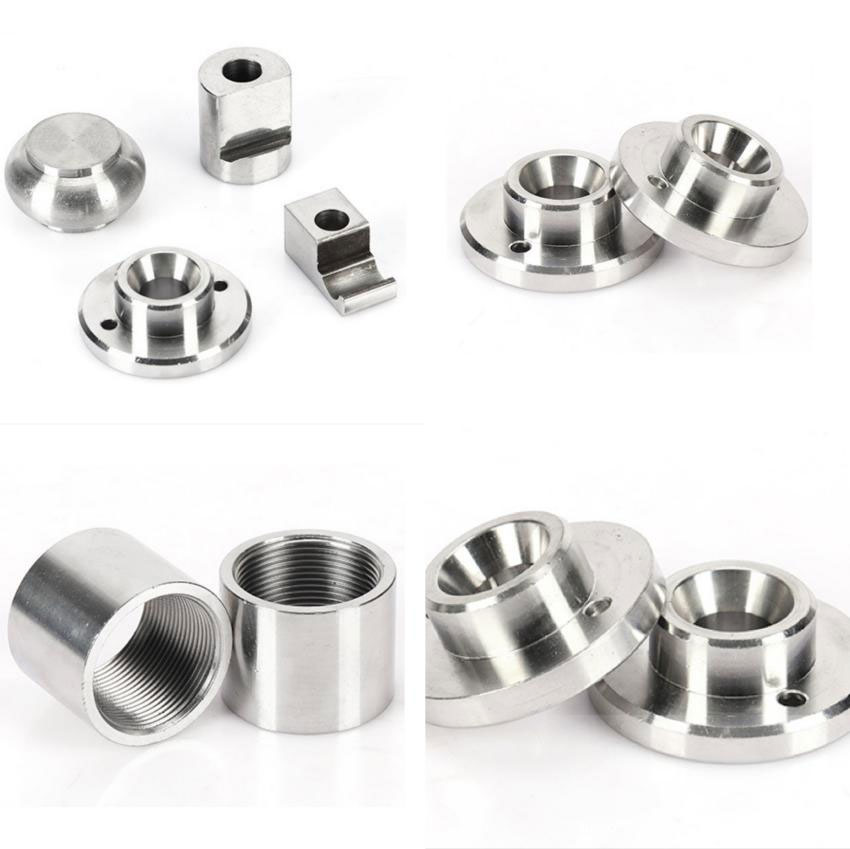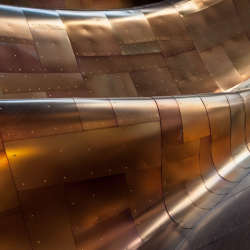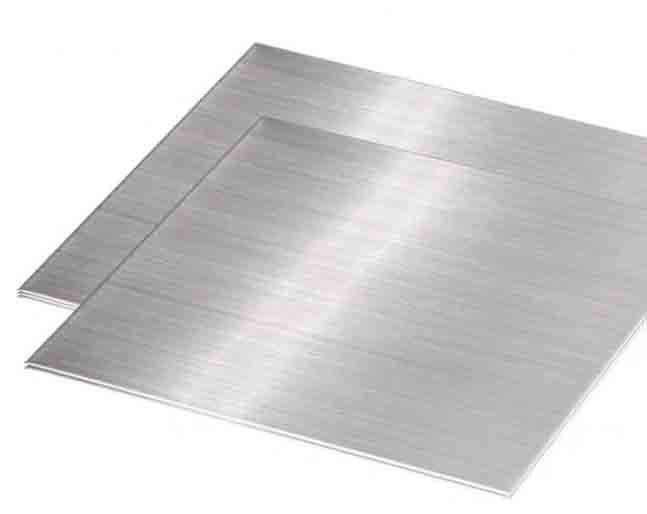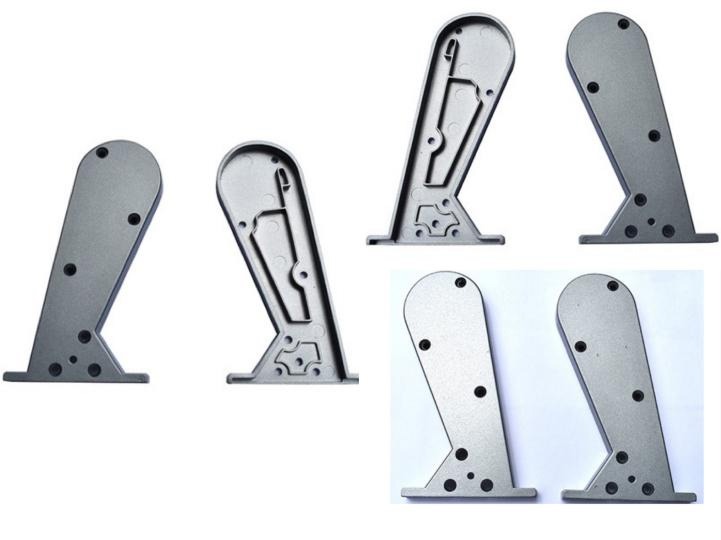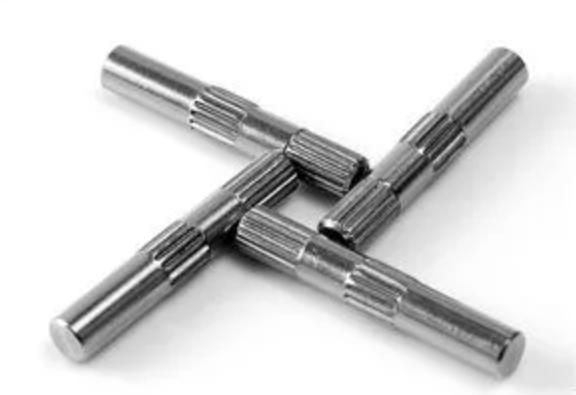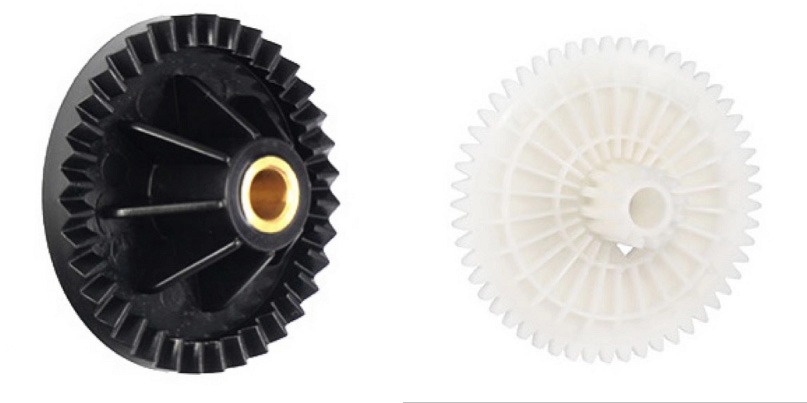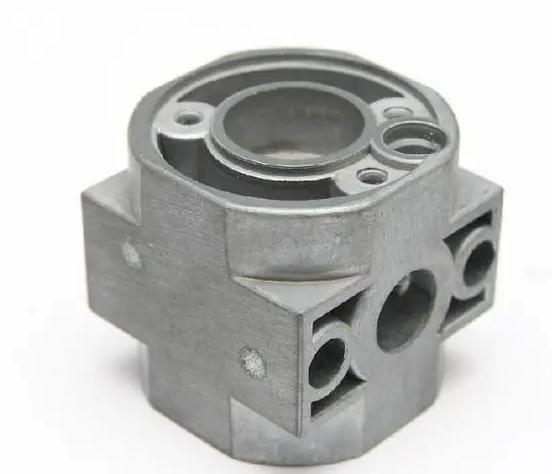Stainless steel is a versatile and popular material known for its durability, corrosion resistance, and sleek aesthetic. When it comes to achieving a mirror-like finish on stainless steel, the process of polishing plays a crucial role. Whether you’re working on a DIY project or handling industrial applications, mastering the art of stainless steel mirror polishing requires a combination of skill, knowledge, and the right tools. In this article, we delve into the world of stainless steel mirror polishing, unveiling the secrets to achieving that coveted mirror finish.
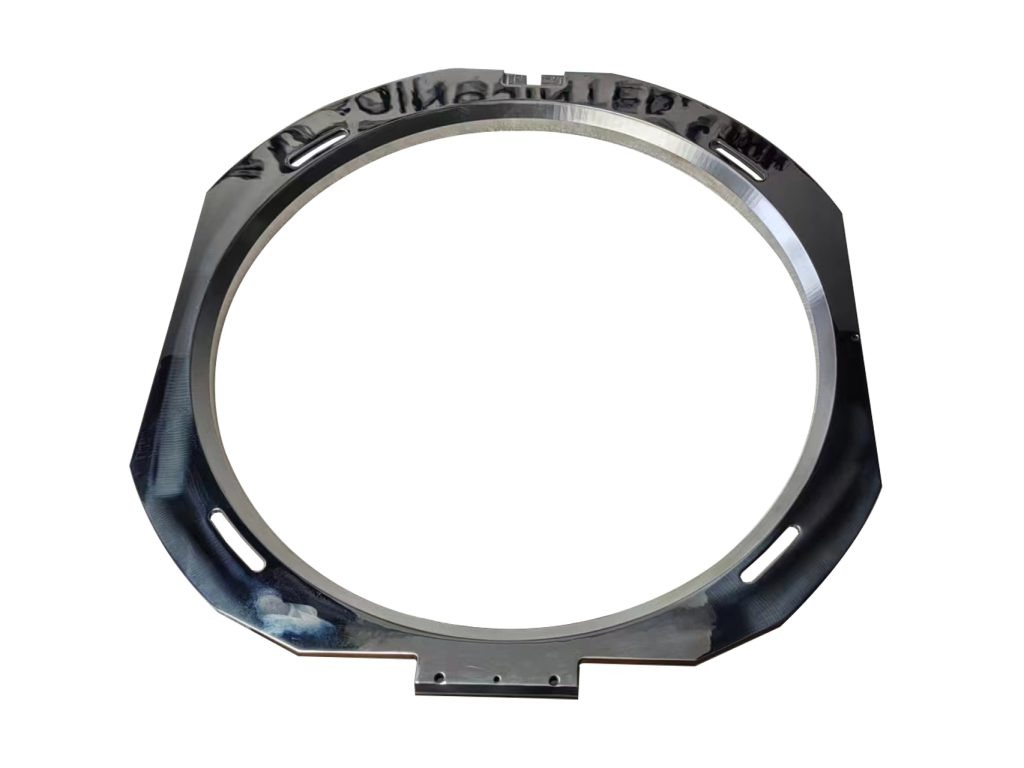
1. Surface Preparation is Key
Before diving into the polishing process, it’s essential to start with a clean and well-prepared surface. Remove any dirt, grease, or surface contaminants using a mild detergent or a specialized stainless steel cleaner. For larger projects, consider using a degreaser to ensure that the surface is free from any residues that might hinder the polishing process.
2. Choose the Right Abrasives
Selecting the appropriate abrasives is a critical step in achieving a mirror finish. Begin with coarser grits to remove any scratches, blemishes, or oxidation on the surface. Progressively move to finer grits until you reach the desired level of smoothness. Experts recommend starting with grits ranging from 120 to 240 and gradually progressing to 320, 400, 600, and even higher for a flawless mirror finish.
3. Consistent Directional Polishing
Maintaining a consistent directional polishing technique is vital to achieving a uniform and aesthetically pleasing mirror finish. Use long, even strokes, and ensure that the abrasive scratches from each grit are progressively finer. Consistency in your polishing direction helps minimize visible swirl marks and enhances the overall reflective quality of the stainless steel surface.
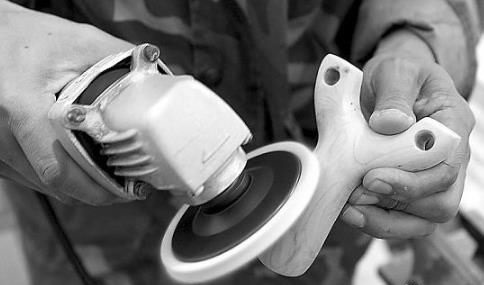
4. Use a Polishing Compound
Polishing compounds play a significant role in the final stages of achieving a mirror finish and each with its unique abrasive properties.. Choose a high-quality stainless steel polishing compound and apply it using a soft, clean cloth or a felt wheel on a polishing machine. The compound helps remove fine scratches, enhances the shine, and leaves the surface with a brilliant, mirror-like luster. Start with a coarse compound to remove deep scratches and imperfections. Gradually progress to finer compounds, each removing finer and finer scratches until you reach the desired mirror finish. Apply the compounds sparingly and evenly to the polishing buffing wheels.
5. Invest in Professional Polishing Equipment
While hand polishing can be effective for smaller projects, investing in professional polishing equipment can significantly streamline the process, especially for larger surfaces. Polishing machines, buffing wheels, and power tools equipped with the right polishing attachments can help achieve consistent and efficient results. Ensure that your equipment is in good condition and that you use the appropriate speed settings for the best outcome.
6. Regular Inspection and Touch-Ups
Periodically inspect the surface during the polishing process to identify any imperfections or areas that may need additional attention. If you notice scratches or blemishes, revisit those areas with the appropriate grit and continue the polishing process until the desired mirror finish is achieved.
7. Final Cleaning and Protection
Once you’ve achieved the perfect mirror finish, it’s crucial to clean the surface thoroughly to remove any polishing residue. Use a clean, lint-free cloth and a mild stainless steel cleaner. Additionally, consider applying a protective coating or wax to help maintain the mirror finish and protect the stainless steel from future corrosion or oxidation.
Conclusion
In conclusion, achieving a stainless steel mirror finish requires a combination of meticulous surface preparation, the right abrasives, consistent polishing techniques, and quality polishing compounds. Whether you’re working on a small DIY project or a large industrial application, following these expert tips and tricks will help you achieve a flawless, reflective surface that enhances the visual appeal of stainless steel.


